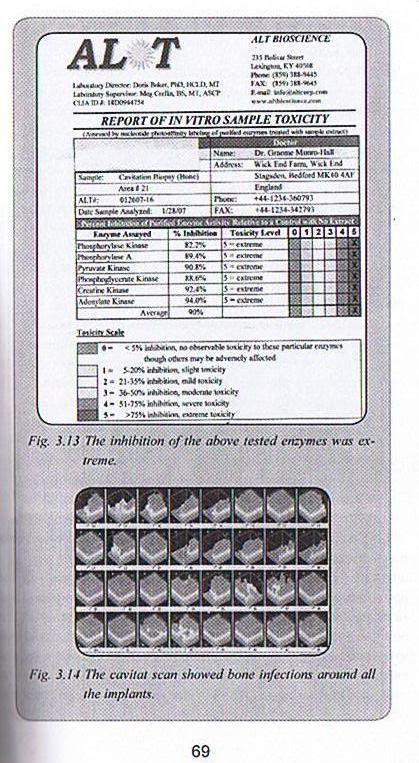Introduction
In my own dental journey I spent a great deal of time researching the safety of dental implants. I encounted something of a brick wall. I simply couldn't find any long term data or studies that indicated that implants are safe to the bone. Natural teeth aren't directly attached to the bone, they are attached by ligaments. This membrane of ligaments also acts as a bacterial seal, protecting the bone from infection. Implants do not have this. They potentially allow bacteria from the mouth to travel deep into the bone. This is described quite well by the implant manufacturer Bicon:
The other natural line of defense absent from the endosseous implant structures is the periodontal ligament. Since there is no cementum or fibers inserted on the surface of an implant, and therefore no periodontal ligament and space, infection will spread directly into the osseous structures. Peri-implantitis, like periodontitis, if left untreated could result in bone loss and ultimately implant loss.
Implant manufacturers generally go to great effort to design implants that minimise infection. If too much bone is destroyed, the implant will become loose and then fail.
Real World
Dentists that have access to cavitat scanners frequently find that the bone around imlants is toxic. Dentists that rely soley on x-ray simply will not see these problems. Unless there is visible bone loss on x-ray, it is assumed everything is fine. Here is a snippet from a book the dentist that treated me wrote:


What To Do
If you have a dental implant, and want to get it removed, simply removing it won't solve the problem. The necrotic bone from around the implant must be surgically removed, just the same way necrotic bone must be removed from around a root canal tooth or in a cavitation.